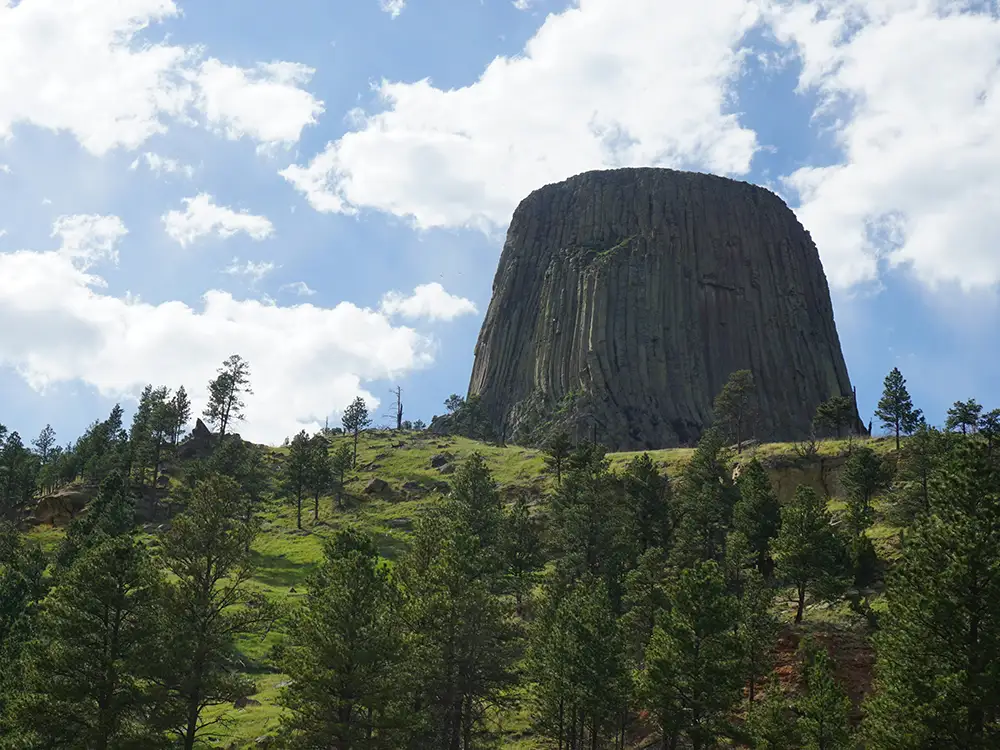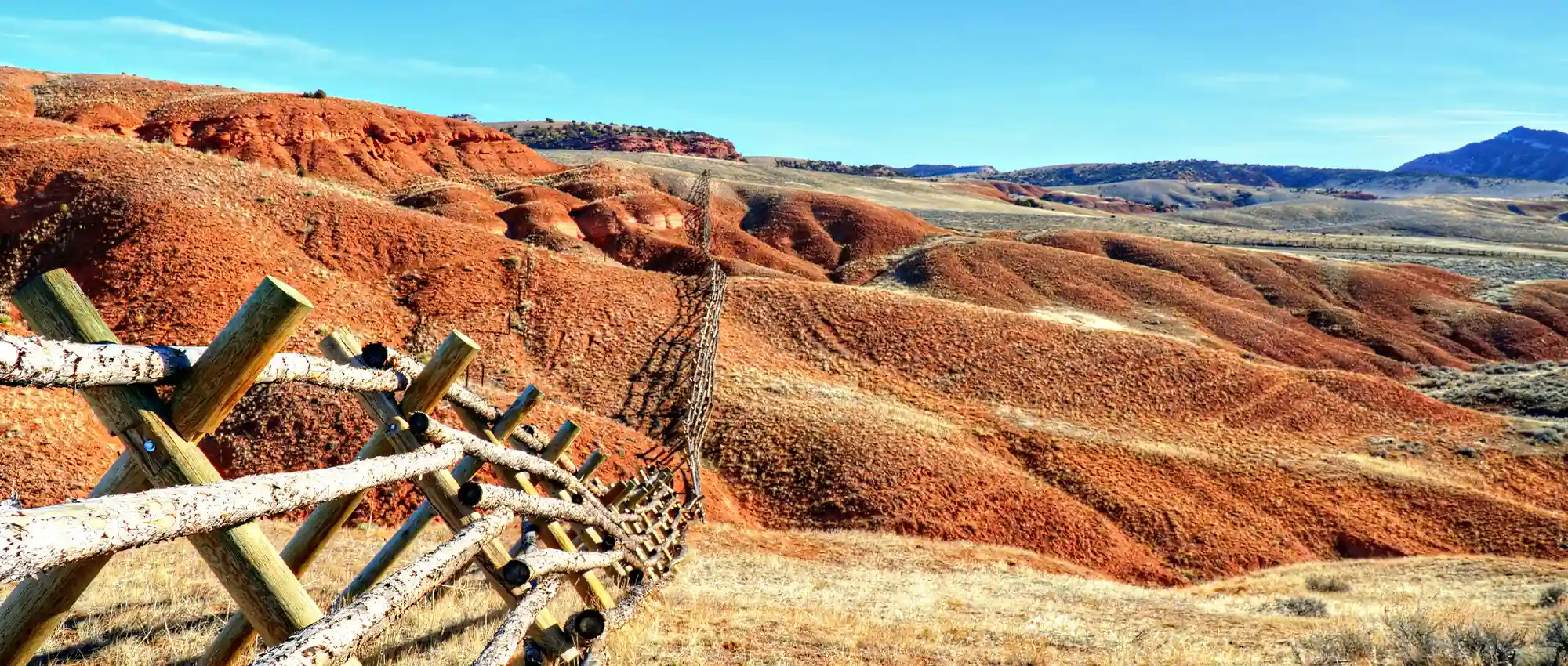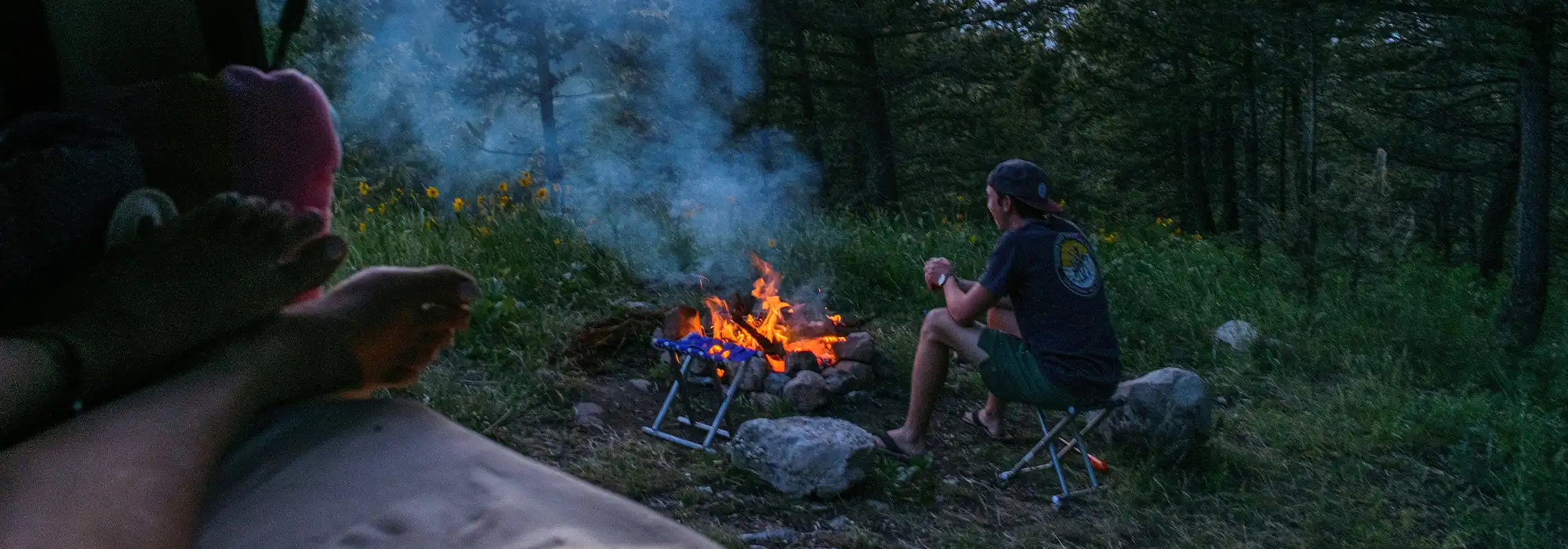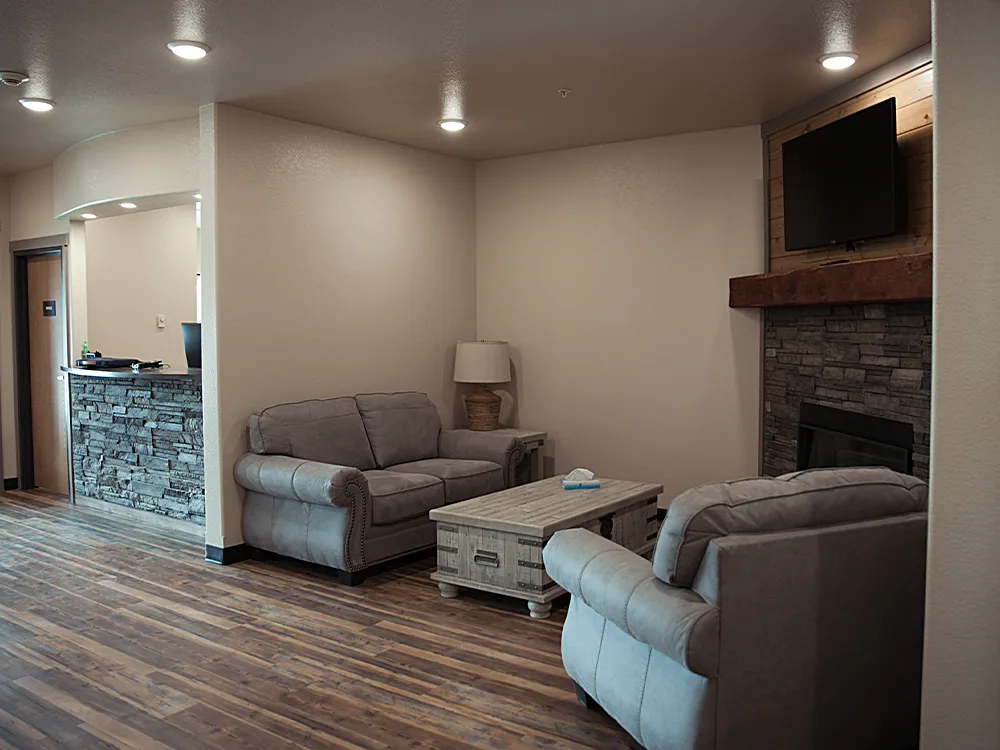
Where we are
In Wyoming’s Northeast corner, on the banks of the Belle Fourche River, Moorcroft beckons you — come visit. And enjoy a quieter, simpler way of life.
A town where Old West history lives on — where natural beauty surrounds you — Moorcroft is the perfect place for your Wyoming adventure. Just a short drive to the North, the Devils Tower rises dramatically over the Bear Lodge Mountains. It’s an even shorter drive to Keyhole State Park, with outstanding outdoor and water recreation — including some of the area’s best fishing. And nearby to the West are the Black Hills – home to Mount Rushmore, the Sturgis Motorcycle Rally, and more.
Western Gateway to the Black Hills
Rolling in from the west, visitors sense tranquility amid the vast expanse of short grass prairie. The rolling hills and ranch land of the Thunder Basin soon meet the Black Hills National Forest, a unique changing landscape that offers an incredible array of natural wonders.
The Black Hills are home to incredible peaks, including Devils Tower, a colossal monolith sacred to the region’s Indigenous people, and Black Elk Peak, the tallest peak east of the Rockies. Beneath the hills are more wonders, including Wind Cave and Jewel Cave, two of the world’s largest caves.
The ponderosa and spruce-blanketed hills are a nature lover’s paradise, with hiking and mountain biking trails meandering through canyons and valleys — and rock climbers invited to scale the tallest peaks. Fishing, bird watching, and backcountry backpacking are just a few of the other activities.
Monuments in Stone
Among the most famous attractions near Moorcroft are the two memorials carved into the stone of the Black Hills. Still in progress, the Crazy Horse Memorial is an enormous monument to the spirit of the Indigenous people of America.
Carved 500 feet above the ground at Mount Rushmore, the faces of four famed American Presidents celebrate the spirit that helped to build our nation. Both monuments are less than two hours drive from Moorcroft, and make a fantastic day trip.

Moorcroft and Old West History
Moorecroft started as a stop along the “Old West Texas Trail,” a cattle-drive trail stretching from Texas to Canada. With the arrival of the Chicago, Burlington, and Quincy Railroad in 1891, the small settlement of Moorcroft quickly blossomed into the largest shipping point in the United States during the 1890s. Though the cattle boom went bust following the First World War, ranching and cowboy life are still held close to heart around here.
You find many opportunities to explore this history. In Moorcroft, the West Texas Trail Museum brings to life the epic journeys and rugged adventures of the trail drivers. Other nearby sites include the Vore Buffalo Jump, a prehistoric hunting site used by Plains Indian tribes, the Aladdin Coal Tipple, the Custer Expedition campsite, the Crook County Museum, and Devils Tower National Monument, to name just a few.
Staying in Moorcroft
Located on Interstate 90, Moorcroft is a convenient, easy-to-reach stop. Lodging here includes hotels and motels as well as vacation rentals. Nearby RV parks and campgrounds are available for travelers, or you can stay in a ranch house or bed and breakfast. Local, independent lodgings make up much of the selection here, keeping the quiet and personable feel of the town.

There are plenty of dining options in town and nearby as well, from a quick meal on the run to a relaxing dinner. Friendly pubs and taverns offer a relaxing spot for a night out. Shops in Moorcroft include antiques, gifts, and souvenirs. You’ll find unique arts and crafts from locals also available to remind you of your visit.
Getting to Moorecroft
Moorcroft, WY is found on Interstate 90. Highway 16 runs to the south, to the Thunder Basin National Grassland, and another route to the Black Hills. Highway 14 runs north to Keyhole Reservoir and Devils Tower.
The nearest major airport can be found in Gillette, WY, about a half hour drive to the west of Moorcroft. No matter how you reach Moorecroft, a visit here is a true experience of the American West and the spirit that still lives in our land and people.


